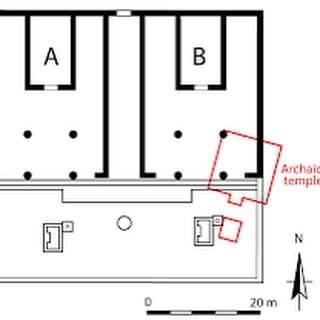“La Roma dei Re”
- Lori-Ann Touchette
- Apr 9, 2020
- 2 min read
In the 6th-century BC, the Archaic city of Rome kept pace with the most important advances in sculpture as demonstrated by the extraordinary finds at the sanctuary of Sant’Omobono. As presented in a 2018/19 exhibition “La Roma dei Re” (Rome of the Kong’s) at the Musei Capitolini, a series of terracotta figurative sculptures and reliefs from one or two Archaic temples on the site found in excavations (1937-2019) reveal profound connections with contemporary Greek sculpture. Their attribution to the period of the kings Tarquinius Priscus, Servius Tullio’s and Tarquinius Superbus also show connections to the Etruscan world.
On the earliest pedimental sculpture (early C6 BC, c. 580 BC), two felines flank a central Medusa figure. Compare the pedimental relief group in marble of the Temple of Artemis at Corfu, the first narrative pedimental groupin Greek art of the same period. The later free-standing figures of Athena and Herakles (mid-C6 BC) recall the small-scale marble pediment from the Athenian Akropolis of the introduction of Herakles in Olympus by his patron goddess Athena. In each case, the figures are identifiable by their attributes, the helmet and aegis of Athena and the club and lion skin of the Greek hero, as necessitated in a largely illiterate world. While the iconography is the same, the material differs due to the lack of native marble in Italy ( the mines at Carrara were not exploited in the time of Caesar) which resulted in the development of a vigorous tradition of works in terracotta.
Although we have long recognized the presence of two Archaic temples on the site as predecessors of the 4th-century twin temples dedicated to Mater Matuta and Fortuna, recent excavations brought to light not only the stone foundations of one of the temples but also a second terracotta couple identified as Dionysius and Ariadne. Both of these free-standing groups were probably acroterial figures placed on the summit of the pediment of the respective temples. The contemporary frieze of winged horses are characteristic of the Orientalising period. #romacittàdellaceramica #romeceramiccity #terracotta #ceramics #sanctuaryofsant’omobono #museicapitolini #archaicrome @ Musei Capitolini





























Commentaires